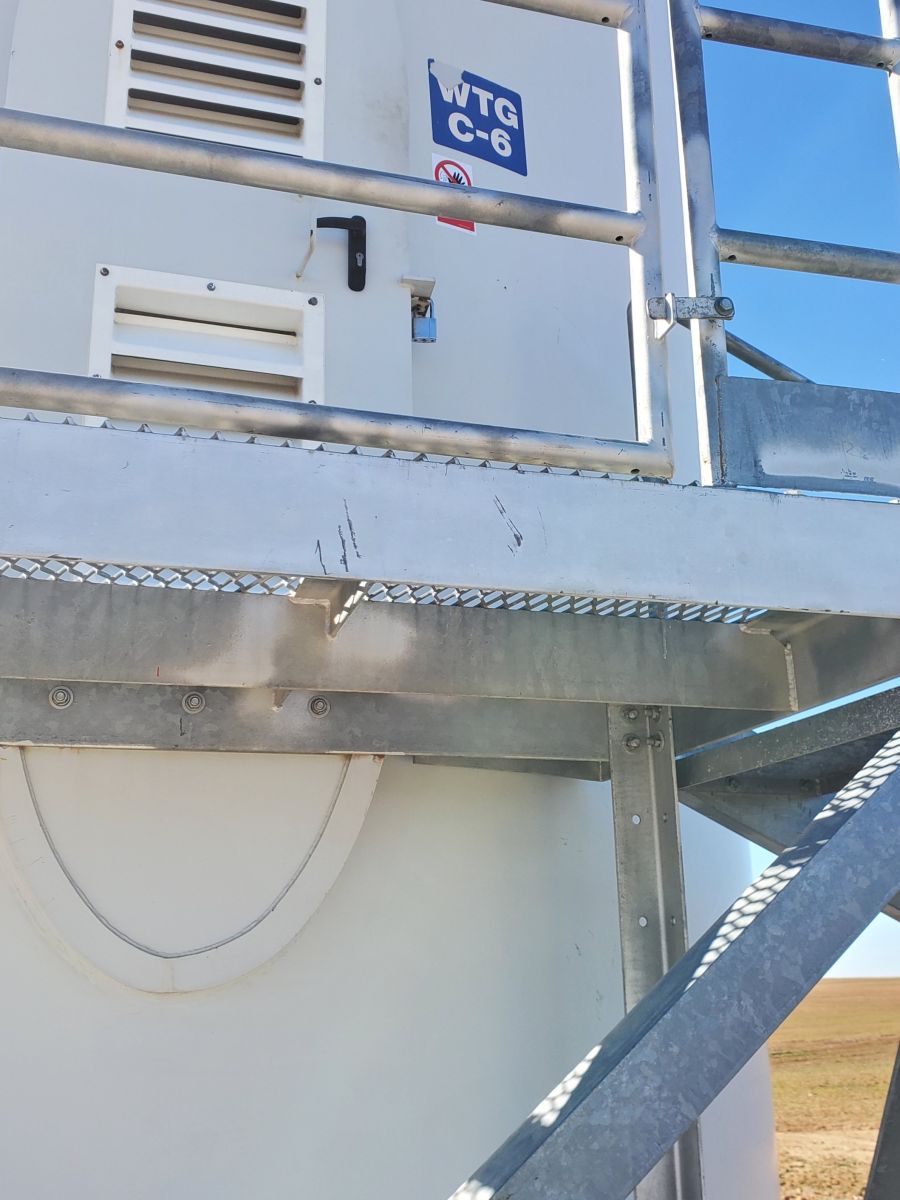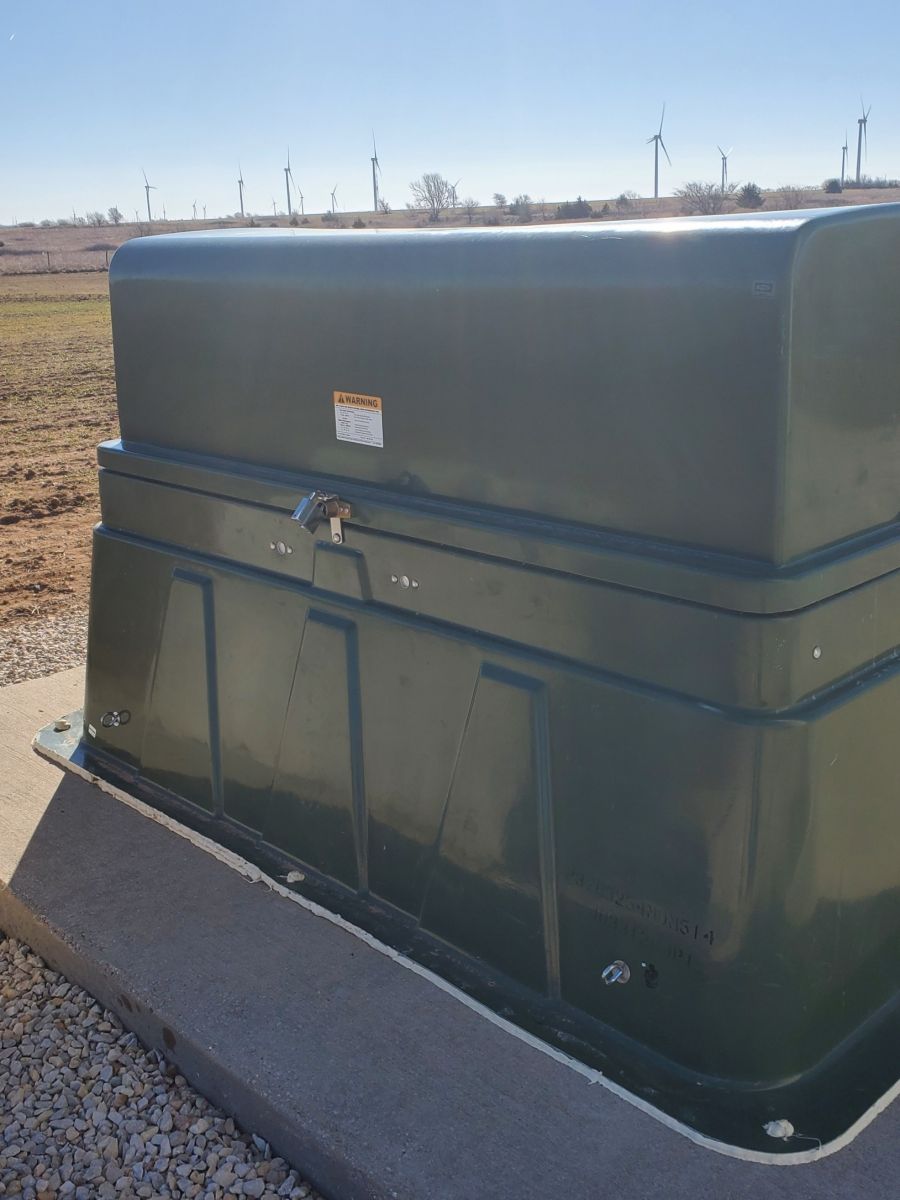Safeguarding Vital Wind Farm Equipment
When the shift to clean and more renewable sources of energy in the United States began earlier this century, the growth of wind farms increased dramatically. It seemed like almost overnight, large wind turbines by the dozens or hundreds suddenly appeared in farm fields and other open spaces.
Wind power facilities, despite their environmental benefits, face a growing threat from theft and vandalism. These remote installations have become prime targets for criminals, particularly those seeking valuable copper from power cabling. The impact on wind farm operators is significant, with each incident potentially causing substantial financial loss and operational disruptions. As the industry grapples with this challenge, innovative security measures are becoming essential to protecting these vital renewable energy assets.
To address these concerns, wind farm operators are developing comprehensive security plans, including proper lighting, alarm systems, fencing, and by installing high security weather- resistant mechanical locking devices to deter theft.
A case study of a major player in the clean energy industry details their use of high security padlocks, which they started employing 16 years ago. Confronted with several challenges to finding the padlock that would best suit their specific wind energy application needs, they highlighted two foremost concerns: they needed an extremely secure solution, and it had to perform well under a variety of demanding conditions. Today, over 1,000 specialized locks protect nine of the company’s wind farm properties in four states, stretching from Colorado to Pennsylvania.

A compliant solution to stay ahead of regulatory changes
As wind became the largest source of renewable power in the United States, so did the stakes to secure properties. NERC Critical Infrastructure Protection (CIP) guidelines are regularly updated with greater requirements for operators to implement measures to ensure their protection from physical attacks that may result in power outages. The rates for both cyber and physical threats have risen, due mainly to the remote locations and the inadequate security at the properties. But critical infrastructure being vulnerable is not just limited to wind farms.
A few years ago, a university research team was hired specifically to identify security weaknesses at powerplants in the United States. They were able to pick a tower door lock on a wind turbine in less than one minute, access its automated controller, and shut it down remotely, from miles away.
Most utility operators have since responded appropriately with a combination of physical deterrents and technology. Just as there are various cyber deterrents in use to safeguard wind industry technology, there are also several types of durable high security padlocks protecting wind farms across the U.S. Some operators prefer a lock with a hardened steel body frame and a case hardened, 3/8-inch boron steel shackle. This tends to be a natural fit for wind farm applications because the body is resistant to drilling and grinding attacks, and the shackle is even more stubborn to cutting and grinding attempts.
A best practice is to look for a lock with a special built-in protection device that includes a rotating disk cylinder. This makes it pick resistant and completely bump proof, a common problem associated with pin tumbler padlocks; wind farm managers have found it to helpful keeping turbine doors and junction boxes secure. Some use it to protect their MET (Meteorological Evaluation Towers) access and perimeter gates and fences, as well as the storage connexes, transformer doors, and air intakes.
Having a rekeyable padlock is important considering the number of people who may have keys. The beauty of an integrated electromechanical solution is it allows you to control and manage key access rights for employees and contractors remotely. This includes deleting lost keys when it happens (and it does) and having access to audit trail reports, all in real time.

Secure access in all weather
Most wind farm managers will utilize a regular maintenance schedule for their padlocks that includes a physical inspection. Given their location, some of these locks may go over a year without being opened. Others, such as the turbine door locks, might be opened a minimum of every three months.
A wide range of weather conditions also comes into play when looking for the right solution. Padlocks are subjected to every type Mother Nature has to offer, from the snow and sub-freezing conditions in the mountain ranges, to the hot and dry conditions across the plains.
There are padlocks with built-in advantages that can withstand the repeated exposure of any weather situation. Look for ones with cylinders that are environmentally durable, and those with a surface treatment that offer corrosion resistance for both the outer and internal components.
Padlocks rated IP68 give you protection from dust and water, and those with a fully sealed pressure cap will prevent dirt, grime, and moisture from having any chance of entering into the cylinder. One property manager had their locks survive a “100-year flood” five years ago. Two weeks after the water receded and workers were finally able to locate them buried deep in mud, they still worked — flawlessly.
The bottom line is this: If your wind farm property experiences a lot of dust, dirt, snow, and ice, there are high security locks that exist with proven performance records to handle just about anything that’s thrown at them. Not only will they give you peace of mind and protect your equipment, they’ll also keep you compliant with today’s NERC CIP security guidelines — giving you the extra time you need to focus and manage all the other aspects of your job.
Jerry Burhans is the managing director of ALCEA, the brand formerly known as ASSA ABLOY Global Solutions–Critical Infrastructure. ALCEA is a security solutions provider dedicated to safeguarding vital infrastructure worldwide so industries and people can function without interruptions. Based in Irving, Texas, he welcomes the opportunity to discuss your security challenges, and can be reached via email: [email protected].
ALCEA | www.alceaglobal.com
Author: Jerry Burhans
Volume: 2024 September/October









